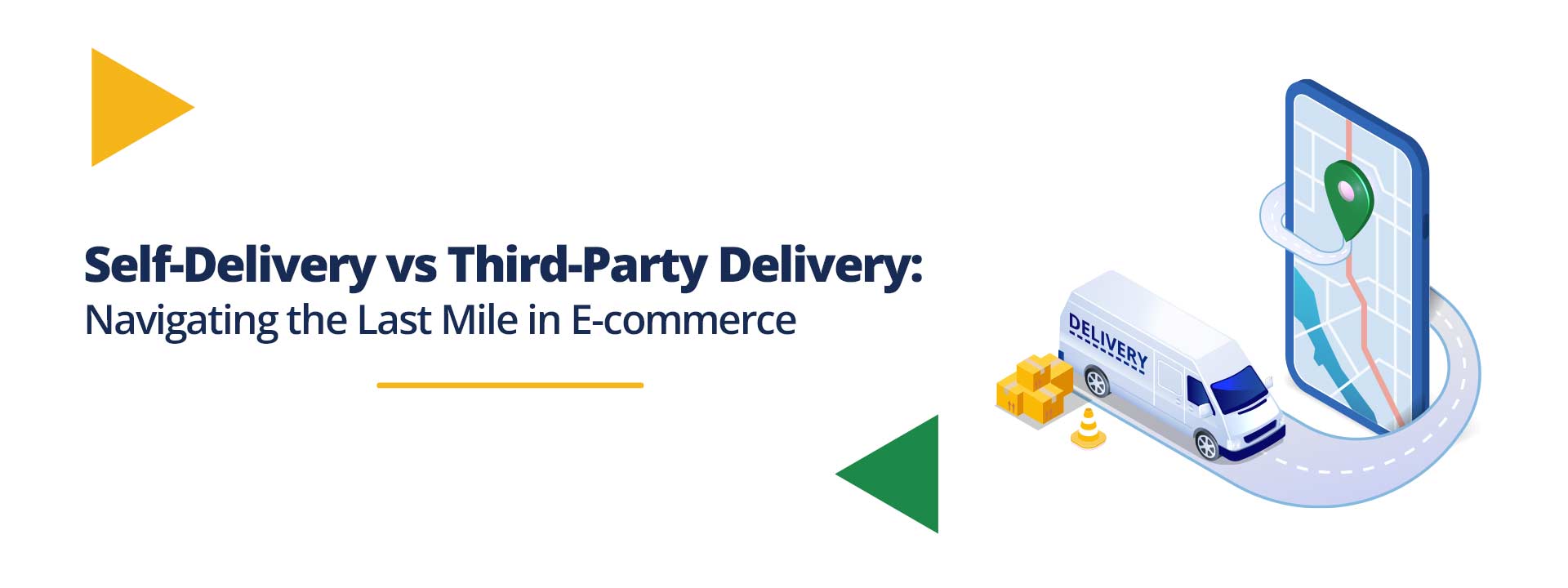Understanding Estimated Time of Arrival (ETA): What It Means and How It’s Calculated
In today’s fast-paced world, accurate time estimates play a crucial role in various industries, including shipping, logistics, and transportation. The Estimated Time of Arrival (ETA) is a key metric that helps in managing deliveries efficiently and ensuring a seamless flow of goods. In this article, we’ll explore the concept of ETA, its significance in the software industry, and how the best delivery management software helps calculate it.
ETA Meaning: A Glimpse into Precision
ETA, or Estimated Time of Arrival, is a vital piece of information that provides an estimated time when a shipment, vehicle, or a package is expected to reach its destination. Whether you are tracking a courier package, a cargo ship, or even a flight, knowing the ETA allows you to plan your activities accordingly, ensuring that you are at the right place at the right time.
ETA Means in the Software Industry: Precision Matters
In the software industry, ETA takes on an even more critical role. Software applications that deal with logistics, transportation, and delivery management rely heavily on accurate ETAs to streamline operations. This is where the best delivery management software comes into play.
What Is the Best Delivery Management Software?
Solutions like Shipox, a comprehensive solution, offer real-time supply chain visibility precise tracking, and accurate ETAs. This empowers businesses to optimize their delivery processes, reduce costs, and enhance customer satisfaction. If you’re interested in experiencing its benefits, you can request a demo to see how it can transform your operations.
Calculating ETA: A Complex Task Made Simple
The process of calculating ETA involves analyzing various factors, including distance, traffic conditions, weather, and historical data. Here’s how modern delivery management systems go about it:
-
Real-Time Data:
These systems continuously gather real-time data, such as GPS location, traffic updates, and weather conditions, to make adjustments on the go.
-
Route Optimization:
Advanced algorithms determine the most efficient route, considering factors like traffic congestion and road closures.
-
Historical Data:
By analyzing historical data, the system can predict how long specific routes or journeys might take under similar circumstances.
-
Machine Learning:
Machine learning algorithms continuously improve accuracy by learning from past data and making predictions accordingly.
In conclusion, ETA, or Estimated Time of Arrival, is a vital component in various industries, particularly in the software industry, where precision and efficiency are paramount. The best delivery management software harnesses advanced technology and real-time data to ensure that ETAs are accurate and reliable, making it an essential tool for businesses that rely on timely and efficient deliveries.
When it comes to staying ahead of the curve, understanding and harnessing the power of ETA is indispensable.
Frequently Asked Questions
-
What does ETA mean?
ETA stands for Estimated Time of Arrival. It is a prediction of when a shipment, vehicle, or package is expected to reach its destination.
-
What is ATA?
ATA, or Actual Time of Arrival, represents the real-time when a shipment or vehicle actually arrives at its destination.
-
How do delivery management systems calculate ETA / ATA?
Delivery management systems use real-time data, route optimization, historical data, and machine learning to calculate accurate ETAs and ATAs, ensuring precise delivery predictions.




